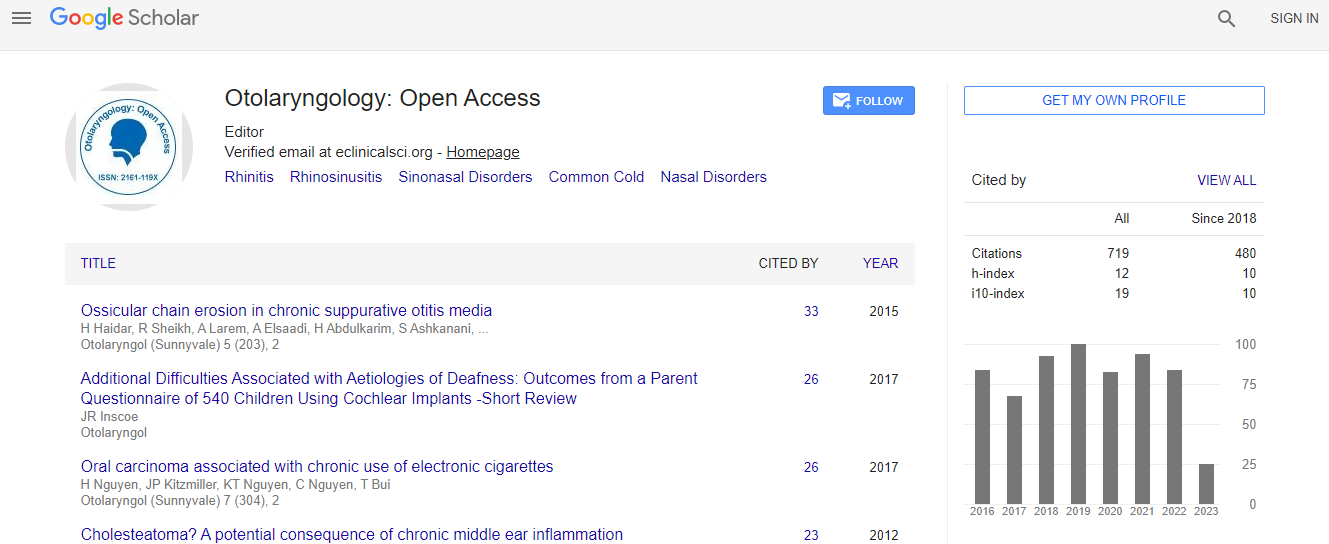Incidence of sinonasal anatomical variations associated with chronic sinusitis by CT scan in Karaikal, South India
*Corresponding Author:
Copyright: © 2020 . This is an open-access article distributed under the terms of the Creative Commons Attribution License, which permits unrestricted use, distribution, and reproduction in any medium, provided the original author and source are credited.
Abstract
Variations in sinonasal anatomy of adults are common and vary among different populations. Their role in development of pathological conditions such as sinusitis, epistaxis, etc is debated. Having clear picture of sinonasal anatomy of a person is essential in avoidance of complications during surgery. This study was done to analyze sinonasal anatomy in adults from Karaikal region having chronic sinusitis by nasal endoscopy and CT scan imaging. Methods: A total of 50 patients undergoing endoscopic sinus surgery were studied by preoperative nasal endoscopy, CT scanning and endoscopy at the time of definitive surgery and variations recorded and analyzed. Results: The incidence of the sinonasal anatomical variations in CT scan study were – discharge in the frontal sinus (100%), agger nasi cells (96%), deviated nasal septum (70%), anterior ethmoidal cells (86%), posterior ethmoidal cells (58%), sinus lateralis (52%), frontal cells (50%), discharge in sphenoid sinus (50%), pneumatised superior turbinate (46%), INSA (34%), prominent bulla ethmoidalis (30%), supra orbital cells (26%), pneumatised septum(16%), medialised uncinate process (16%), paradoxical middle turbinate (16%),

 Spanish
Spanish  Chinese
Chinese  Russian
Russian  German
German  French
French  Japanese
Japanese  Portuguese
Portuguese  Hindi
Hindi 
